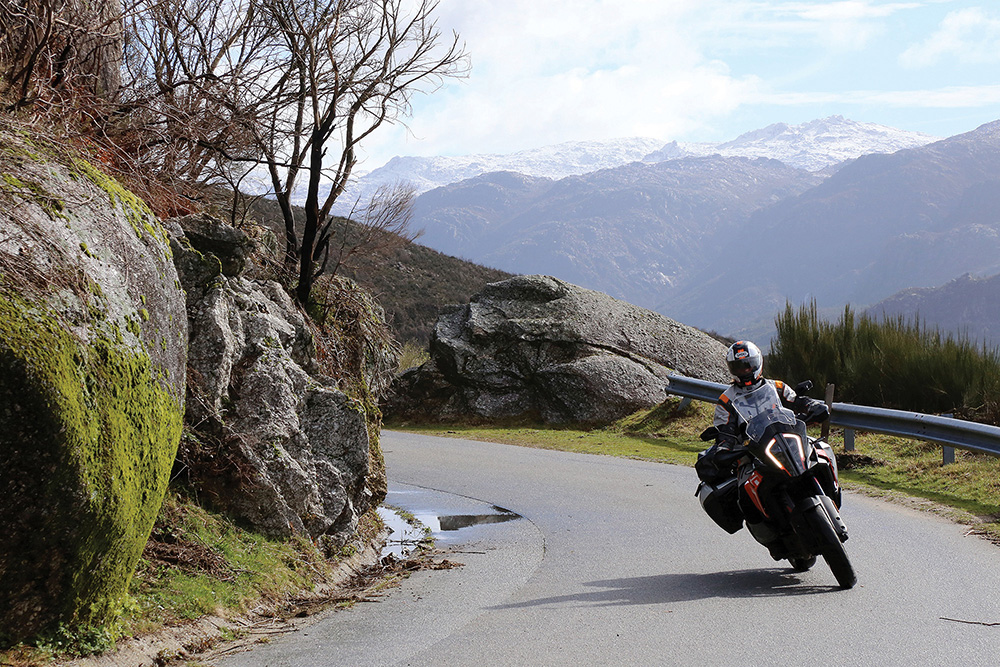Portugal: Stone Age

Few corners of Europe are as remote as northern Portugal, a fact that makes a journey to this region particularly worthwhile.
The fisherman’s pub in Viana do Castelo looks like the place to go. It was even recommended to my wife, Danica, and me. But our timing is wrong: It’s Friday night, and there are no tables available, not even half of one, so there’s no chance to sit down. It’s a predicament that doesn’t go unnoticed. Four old men see our disappointed faces, which leads to one of those moments that reminds you of why you are traveling and why you are exposing yourself to the unknown. With a hint of a smile, the four men take their wine glasses, stand up, and tell us, with a dignified shake of their heads, to sit down. They migrate to the bar, where they will spend the rest of the evening. Thankfully, we sit down at the basic wooden bench. Our spot offers a view into the tiny open kitchen, from which a series of mouthwatering items emerge. There couldn’t be any better welcome into a country.
Following our culinary adventure, the next day we start the real adventure. From the hilly, rather heavily populated coastal area, we head east into the mountains of northern Portugal. At the beginning of our ride, terraced vineyards run along the Lima River. Half an hour later, granite rocks and purple blossoming heather remind us of Scotland: It’s an unexpected sight in this Mediterranean wine country. Toward the village of Germil, the road has shrunk to the width of one car. At least there are wooden guardrails between us and the abyss. At one point, the road surface changes from asphalt to cobblestones. The villages are completely built out of granite. Large corn silos made of stone look like megalithic tombs. The flowering lemon trees don’t seem fit the scene, but the roaming cattle with mammothlike horns do.
